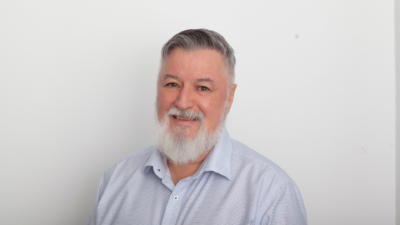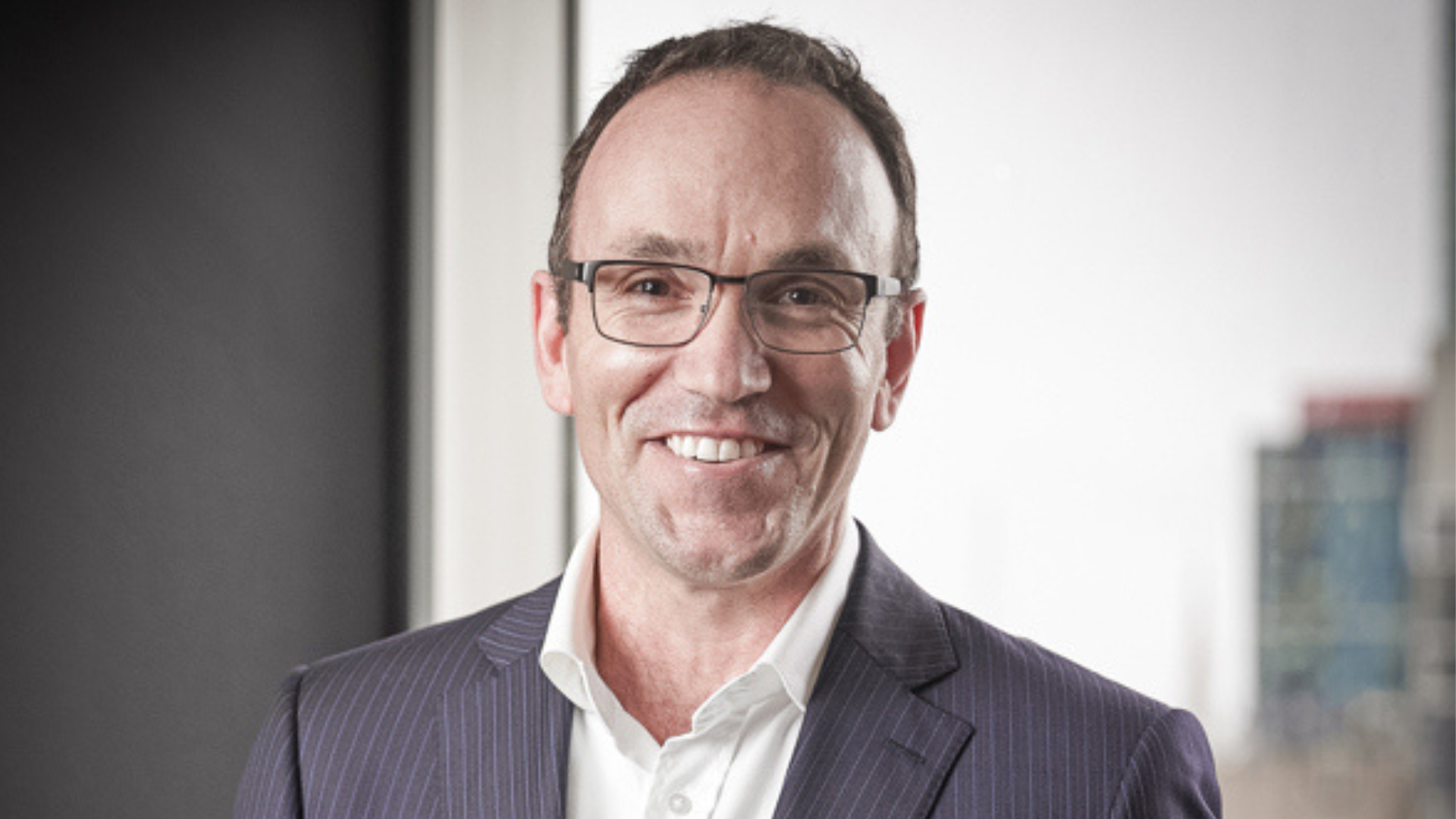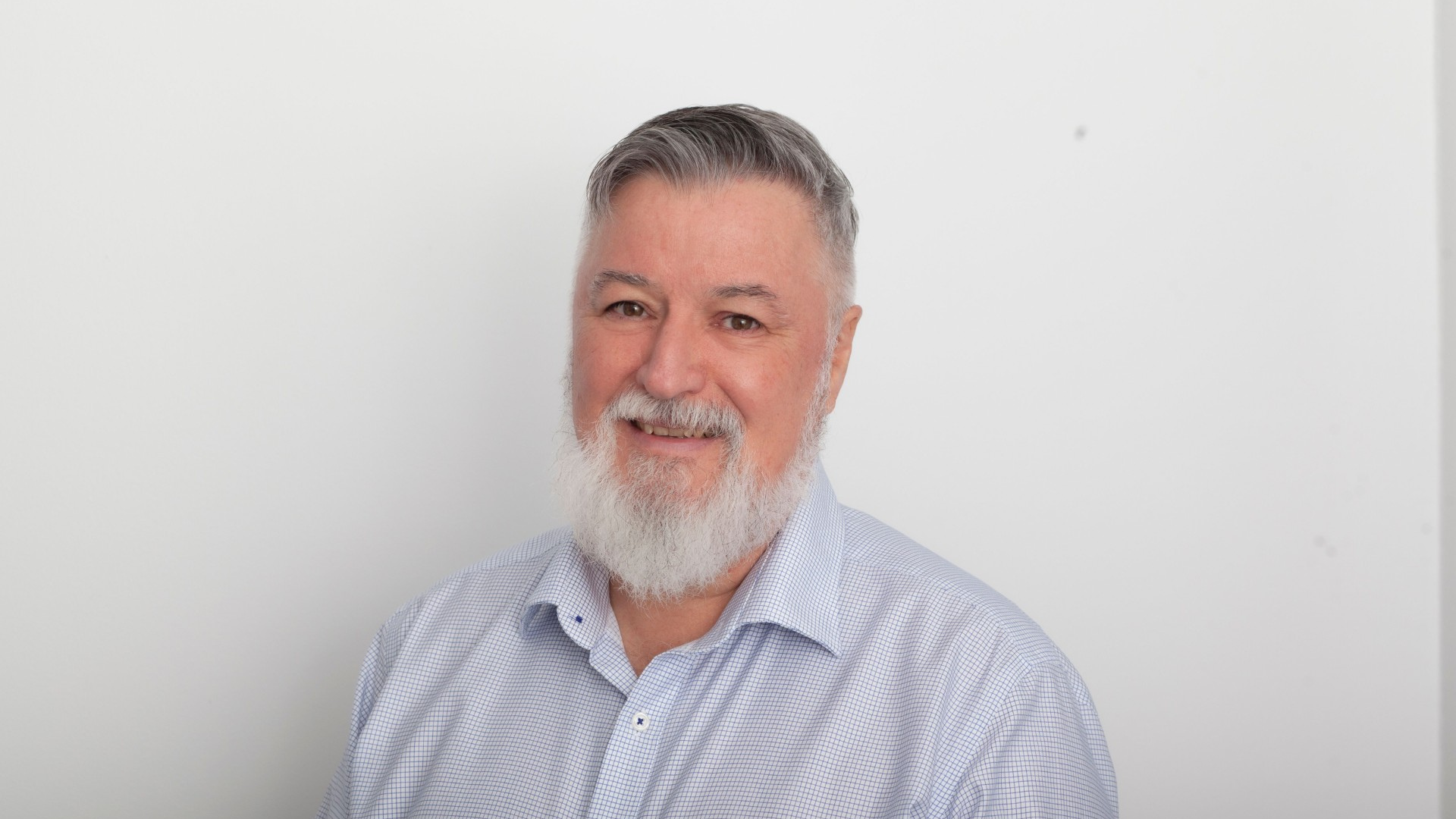Money on a mission: why big asset owners must front up
Big money must start throwing its weight around, responsibly, the Thinking Ahead Institute (TAI) says in a new report which analysed about US$19 trillion of fiduciary investment money around the world.
TAI, the think-tank unit associated with global consultancy firm Willis Towers Watson (WTW), says the top 100 asset owners earmarked in the study represent “the most influential capital on the planet” with wide discretion to invest and change behaviour.
The TAI report says the top 100 group, which collectively manage US$19 trillion (or 35 per cent of the total asset owner money pool) wield inordinate power to “shape capital markets and to play a key role in the smooth running of the global economy”.
In total, asset owners oversee about US$55 trillion, the report says, representing a “significant chunk” of the entire US$420 trillion of capital sloshing around the world today.
The study also identifies a group of super-influencers – dubbed ‘universal owners’ (UO) – among its top 100 institutions. However, just five of the top 20 groups make the universal owner grade – all of them state institutions including the US$1.4 trillion Japanese government pension fund (the world’s biggest), two Dutch funds plus on apiece from Norway and the US.
“The principle is that universal owners have a large and growing portfolio of externalities that risk being internalised to their funds’ net cost, now or in the future,” the report says. “Their responses can be to manage the value and utility of their sponsor/member wealth by integrating financial and extra-financial exposures by both within-the-system and change-the-system actions recognising inter-dependence across the portfolio, across stakeholders and across time.”
Most large asset owners tend to opt-out of UO status either because they consider themselves too small, are not long-term focused or by “not having the leadership buy-in” for change.
While the TAI top 100 asset owner list includes nine Australian institutions, the two biggest NZ funds, the NZ Superannuation Fund (NZS) and the ACC fund, fall outside the size requirement. The 100th ranked entity – the Australian AMP Superannuation master trust – manages about US$58 billion compared to roughly US$27 billion for both the ACC and NZS.
Asset owners are defined by TAI according to five characteristics, including: acting as a fiduciary for a particular group of beneficiaries; working under a “sponsoring entity” such as government or not-for-profit; and, delivering “mission-specific outcomes” to target audiences.
Based on the TAI definition, asset owners include pension funds, sovereign wealth funds, foundations as well as master trusts and OCIOs (or ‘outsourced chief investment officer’).
However, the report excludes organisations “such as insurance companies and mutual funds” from the asset owner universe.
The US$900 billion China Investment Corporation is the biggest sovereign wealth fund on the TAI list while the Bill and Melinda Gates Foundation (US$50 plus billion) ranks as the most-flush charity.
Mercer, with US$212 billion under management, is the largest OCIO/master trust followed by Russell Investments (US$164 billion), Aon Hewitt (US$152 billion) and WTW (US$110 billion).
Roger Urwin, TAI global head of investment content, said with US$55 trillion under management (about US10,000 for every adult on earth) assets owners “are too important to fail in their mission”.
“They have little choice but to take their financial and social responsibilities seriously, and not to shirk the big issues. These include the need to develop stronger leadership, respond effectively to regulation, manage agency issues and improve control over outcomes,” Urwin said in a release.
“There is also a more over-arching need for these large asset owners to understand the world in which they operate, and over which they potentially hold such influence.”
The TAI report says over the next five to 10 years asset owners “need to make four big shifts”, including:
- repurpose the business model by institutionalising professionalism;
- streamline the operating model to make more effective decisions possible;
- adapt the people model to leverage culture and diversity more; and,
- evolve the investment model into increasingly smart and sustainable arrangements.
Investment News NZ









